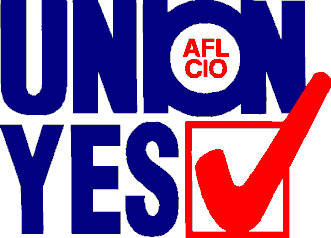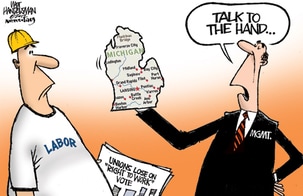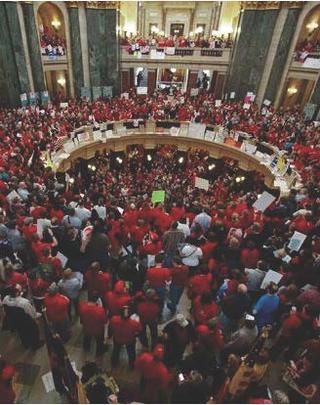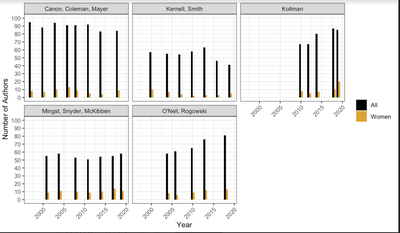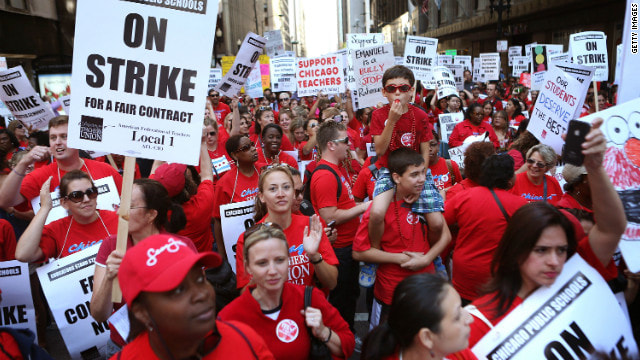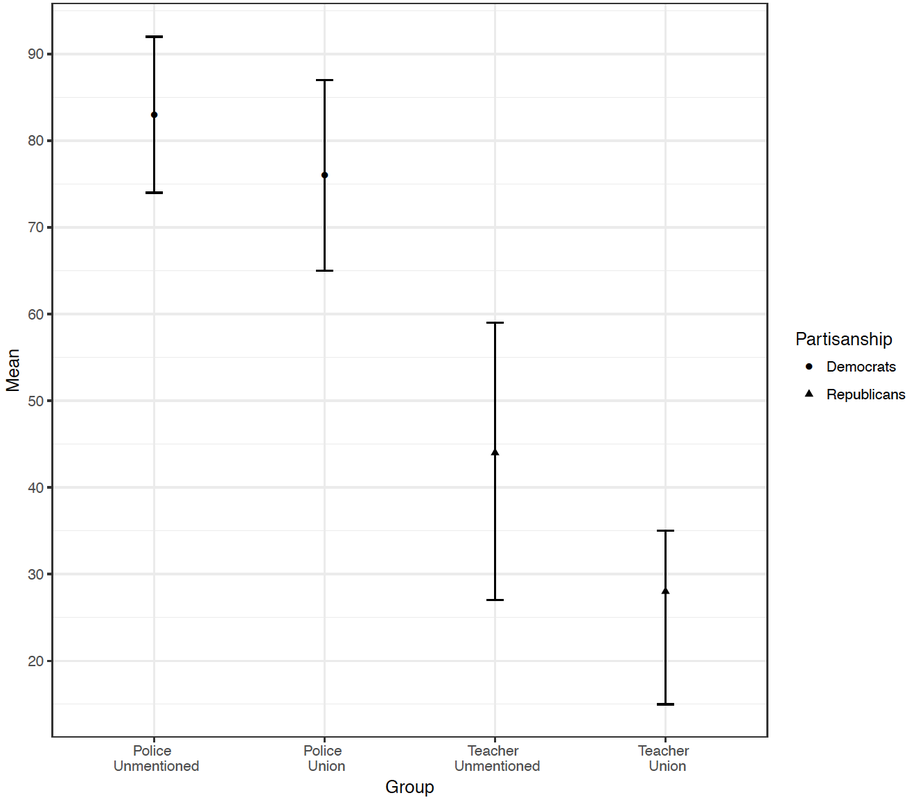Recent Publications:
|
Peer-Reviewed Publications 2020: Laura C. Bucci & Kevin Reuning. The State of Labor in the Democratic Party Coalition Party Politics Since the New Deal, labor has been a key member of the Democratic coalition. As unions decline, their centrality to the Democratic Party has also diminished. At the same time, state variation in party preferences, party strength, and the types of unions that remain has led some unions to become involved in Republican politics. In this manuscript we investigate how central unions are in party networks using state legislative donation data from 2000-2016. We find that union contributions are associated with increasing centrality to the Democratic Party, while business interest contributions are associated with unions being less central. Only union membership rates are related to labor's position in the Republican network. This work has implications for how we consider which groups are associated under a party's umbrella. While labor may spend more money, it cannot keep pace with business groups in the party coalition. Laura C. Bucci & Joshua M. Jansa Who passes restrictive labour policy? A view from the States Journal of Public Policy * The MrP component of this paper won the Working Class Studies' Association Scholar Activist Award 2017 What leads states to adopt more restrictive labour policies? The conventional wisdom is that unified Republican states, with help from conservative political networks, are more likely to adopt restrictions on labour unions. We argue that party control of government matters but is constrained by voter preferences and the power of organised labour. We create new estimates of state-level public support for unions by income thirds using dynamic multilevel regression and poststratification. Using this measure, we predict the adoption of restrictive labour policies, such as right-to-work and minimum wage preemption laws. We find that Republican governments are less likely to adopt restrictive policies when unions are strong and when union support among middle- and low-income earners is high. Interestingly, these results run contrary to much of the literature on the unequal representation of the wealthy in public policy. 2018: Laura C. Bucci. Organized Labor's Check on Rising Economic Inequality in the U.S. States. State Politics and Policy Quarterly Replication Code: SPPQ Dataverse Recent demonstrations of growing economic inequality in the United States raise normative concerns about the political representation of all but the very wealthiest citizens. Building on existing cross-national work on the roles of unions in welfare states, I provide evidence that organized labor, as a political institution, limits unequal income distributions in the U.S. states. The states are useful to our understanding of labor's influence on inequality as states differ in their acceptance of labor unions, base levels of inequality, political preferences, industries, and levels of development, but are all nested within a single overarching national framework. Over the 39 year period examined, states where unions maintain more members remain more equal within the labor market and after redistribution via government transfer. These effects persist after accounting for state level policy, demography, and economic conditions. However, states where union membership has the largest influence on inequality have also seen growing attempts to reduce unionization rates. Overall, I find that unions are still able to limit the growth of economic inequality in spite of declining levels of union membership. 2017: The Influence of Incumbency and Partisanship on Fenno's Paradox: Evidence from Taiwan's Legislative Yuan. With Timothy S. Rich. Journal of Asian and African Studies Editorially Reviewed: 2019: Civic Engagement in Decline: Deunionization and a Fifty State Solution? Labor Studies Journal 44 (4), 382-387 2017: White Working Class Politics and the Consequences of Declining Unionization in the Age of Trump. Review Essay. Politics, Groups, and Identities 5(2) |
